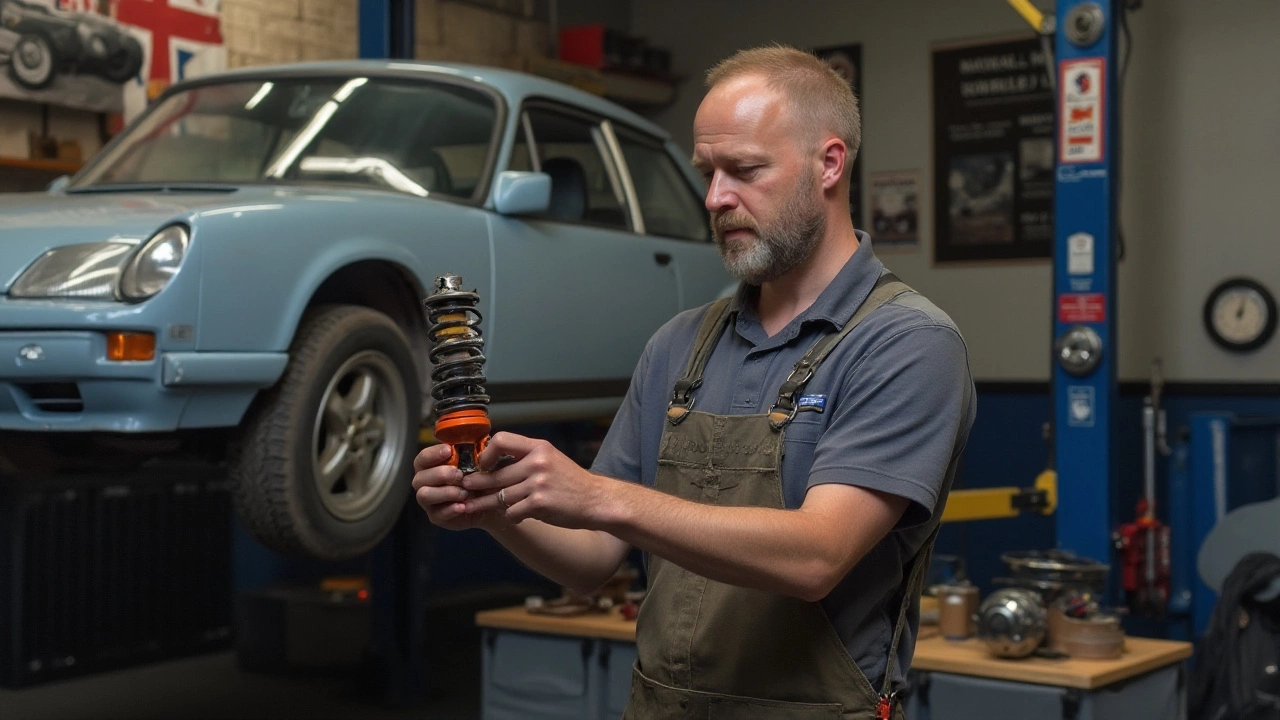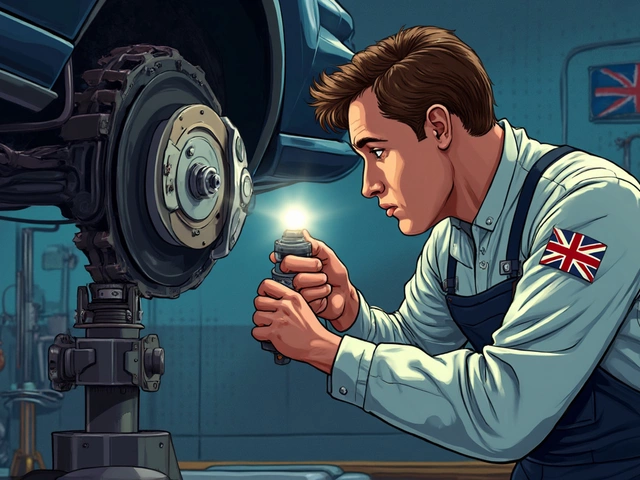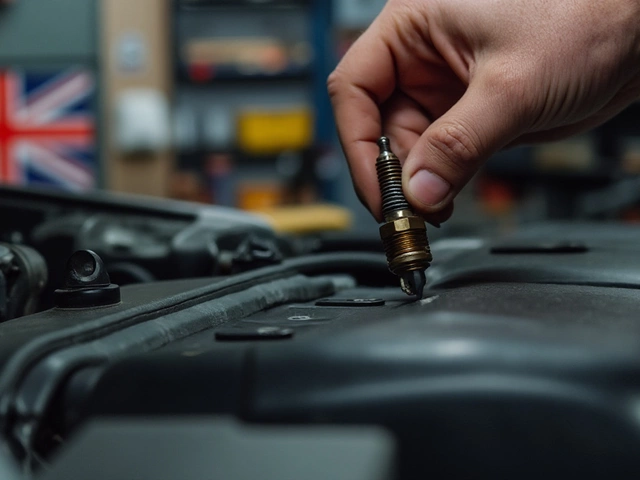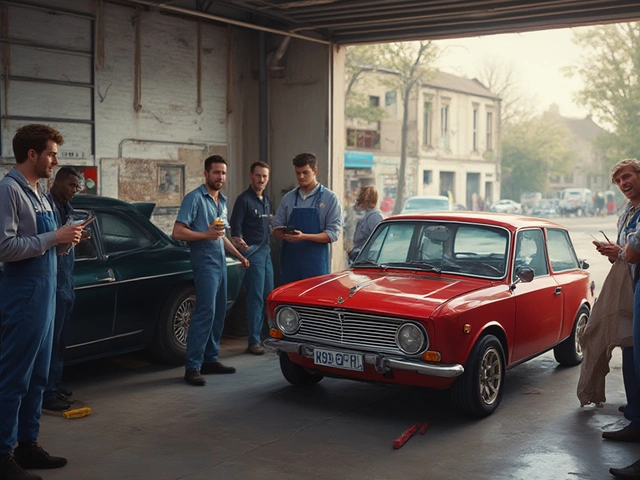Springs: The Unsung Heroes Keeping Your Car Stable
Ever wonder why your car feels firm on a highway but bounces on a pothole? Those motions are all thanks to the springs in your suspension. They soak up bumps, keep the wheels planted, and let the car stay level when you load up the trunk. Without good springs, every drive would feel like a roller‑coaster. That’s why a quick check on your springs can save you costly repairs and keep your ride comfortable.
How Springs Work in Your Suspension
Most modern cars use coil springs – think of a metal helix that compresses and expands. When you hit a bump, the spring bends, absorbing the shock before it reaches the chassis. Older vehicles or heavy trucks often have leaf springs, which are flat metal strips stacked together. Both types work with shock absorbers to control the spring’s motion, stopping it from bouncing forever. The goal is simple: let the wheel move up and down while the body stays steady.
Spring stiffness matters too. A stiffer spring gives a sportier feel but can make the ride harsher. A softer spring smooths out rough roads but may let the car lean more in corners. That’s why manufacturers match spring rates to the car’s weight, engine power, and intended use. If you swap tires or add a roof rack, you might need a different spring setup to keep balance.
Signs Your Springs Need Attention
Spotting a bad spring early saves you from a sudden failure. Look for a sagging rear end – the car sits lower in the back than the front. Uneven tire wear is another clue; if one side of the tire is worn more, the spring might be pushing the wheel off its proper angle. You’ll also feel a thudding or knocking when you go over bumps, especially if the sound comes from one corner. A steering wheel that wanders or feels loose can also point to a broken spring.
If you hear a metallic creak during a hard turn, check the springs right away. A broken coil can snap completely, leaving the wheel to hit the chassis directly – that’s a safety risk. Even a slightly weakened spring can cause the car to pitch forward when you brake hard, making the ride feel unstable. Keep an eye on these symptoms and act before the problem gets worse.
Quick Tips for Maintaining Your Springs
Regularly inspect the springs for cracks, rust, or broken coils. A visual check while the car is lifted or on a jack stand is quick and cheap. Clean off any dirt or road grime to see the metal clearly. When you rotate tires, combine it with a spring check – it’s an easy habit to adopt.
If you notice any of the warning signs, bring the car to a trusted garage like Northwich Tyres Centre. They can measure spring free‑play, replace worn units, and make sure the whole suspension works together. Replacing springs isn’t a DIY job for most people; the tools and safety measures are specialized. Trust the pros, and you’ll get a smoother, safer ride that lasts longer.
 4 January 2025
4 January 2025
Detecting Worn Shocks and Springs in Your Vehicle's Suspension System
Spotting bad shocks or springs in your car's suspension is crucial for ensuring a smooth ride and avoiding costly repairs. By learning the signs of wear and tear, such as unusual noises, uneven tire wear, or a bumpy ride, drivers can address issues promptly. Understanding the importance of these components helps in maintaining a vehicle's stability, handling, and comfort. This article delves into the symptoms, causes, and inspection methods to identify faulty suspension parts efficiently.






0